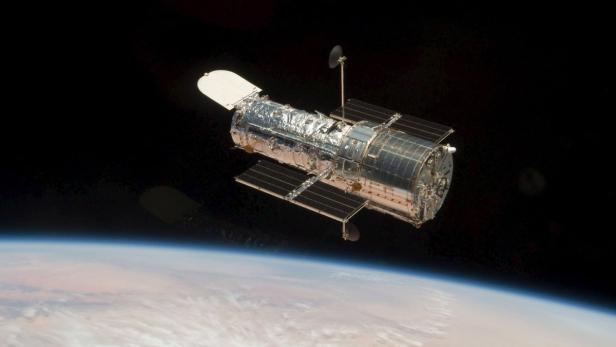
Forscher analysieren erstmals Atmosphäre von Supererde
Dieser Artikel ist älter als ein Jahr!
Zum ersten Mal haben Astronomen nach eigenen Angaben verschiedene Gase in der Atmosphäre einer sogenannten Supererde identifiziert. Die Lufthülle des fernen Planeten enthalte Wasserstoff und Helium, aber kein Wasser, berichteten die Wissenschafter um Angelos Tsiaras vom University College London (UCL) im Fachblatt "The Astrophysical Journal". "Diese Ergebnisse liefern einen ersten Einblick in die Atmosphäre einer Supererde", betonte UCL-Professorin Giovanna Tinetti in einer Mitteilung ihrer Hochschule. Leben ist auf dem exotischen Exoplaneten nicht möglich.
Supererden gelten als häufigster Planetentyp in unserer Galaxie, der Milchstraße. Es handelt sich dabei um Planeten, die etwas mehr Masse haben und etwas größer sind als die Erde, aber längst nicht so groß und schwer wie die Gasriesen in unserem Sonnensystem. Die jetzt untersuchte Supererde trägt die Katalognummer 55 Cancri e und umkreist eine Sonne im Sternbild Krebs. Der Exoplanet hat etwa den doppelten Durchmesser und die achtfache Masse unserer Erde. Allerdings umrundet 55 Cancri e seinen Heimatstern so nah, dass ein Jahr dort nur 18 Stunden dauert. Auf der Planetenoberfläche wird es durch die Nähe zum Stern geschätzte 2.000 Grad Celsius heiß.
Weitere Ziele
Nicht nur durch die Hitze ist Leben auf dem Planeten nach unseren Maßstäben ausgeschlossen. Mit dem "Hubble"-Weltraumteleskop gelang es dem Team jetzt, den chemischen Fingerabdruck der Atmosphärengase des Planeten zu analysieren. Neben Wasserstoff und Helium, die der Planet offensichtlich aus seiner Entstehungszeit behalten hat, fanden die Forscher dabei Spuren von Cyanwasserstoff (HCN), die allerdings durch weitere Untersuchungen noch bestätigt werden müssen. "Cyanwasserstoff oder Blausäure ist hochgiftig, also ist es vielleicht kein Planet, auf dem ich gerne leben würde", sagte UCL-Professor Jonathan Tennyson aus dem Team.
Die Supererde ist nicht der erste Planet eines anderen Sterns, bei dem die Atmosphäre analysiert wurde. Andere Forscher haben bei verschiedenen größeren Exoplaneten bereits Atmosphärenbestandteile identifiziert, darunter auch Wasser. Das "Hubble"-Teleskop hat nach UCL-Angaben bereits die Lufthüllen zweier anderer Supererden ins Visier genommen. Dabei hätten sich jedoch keine chemischen Bestandteile identifizieren lassen.
Kommentare